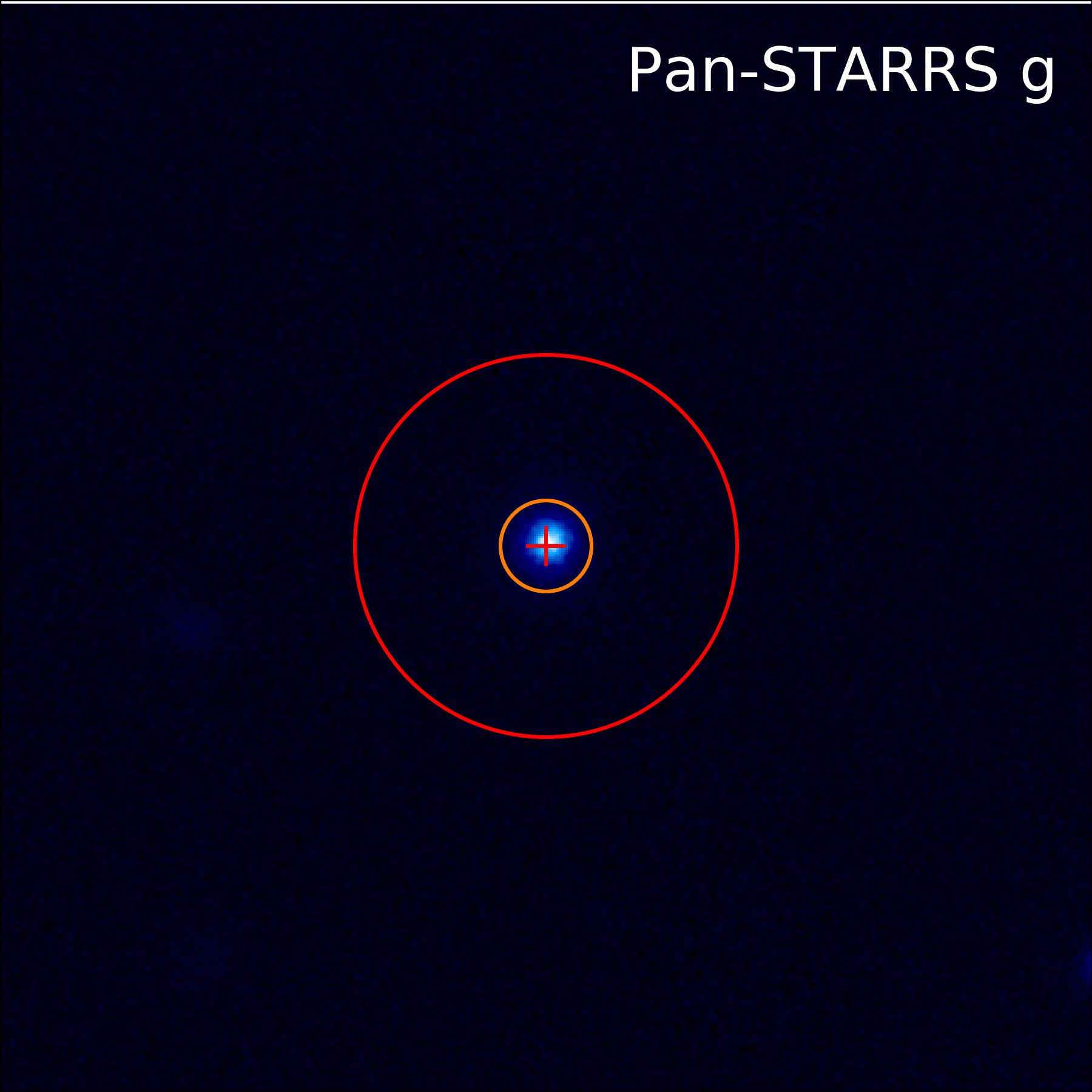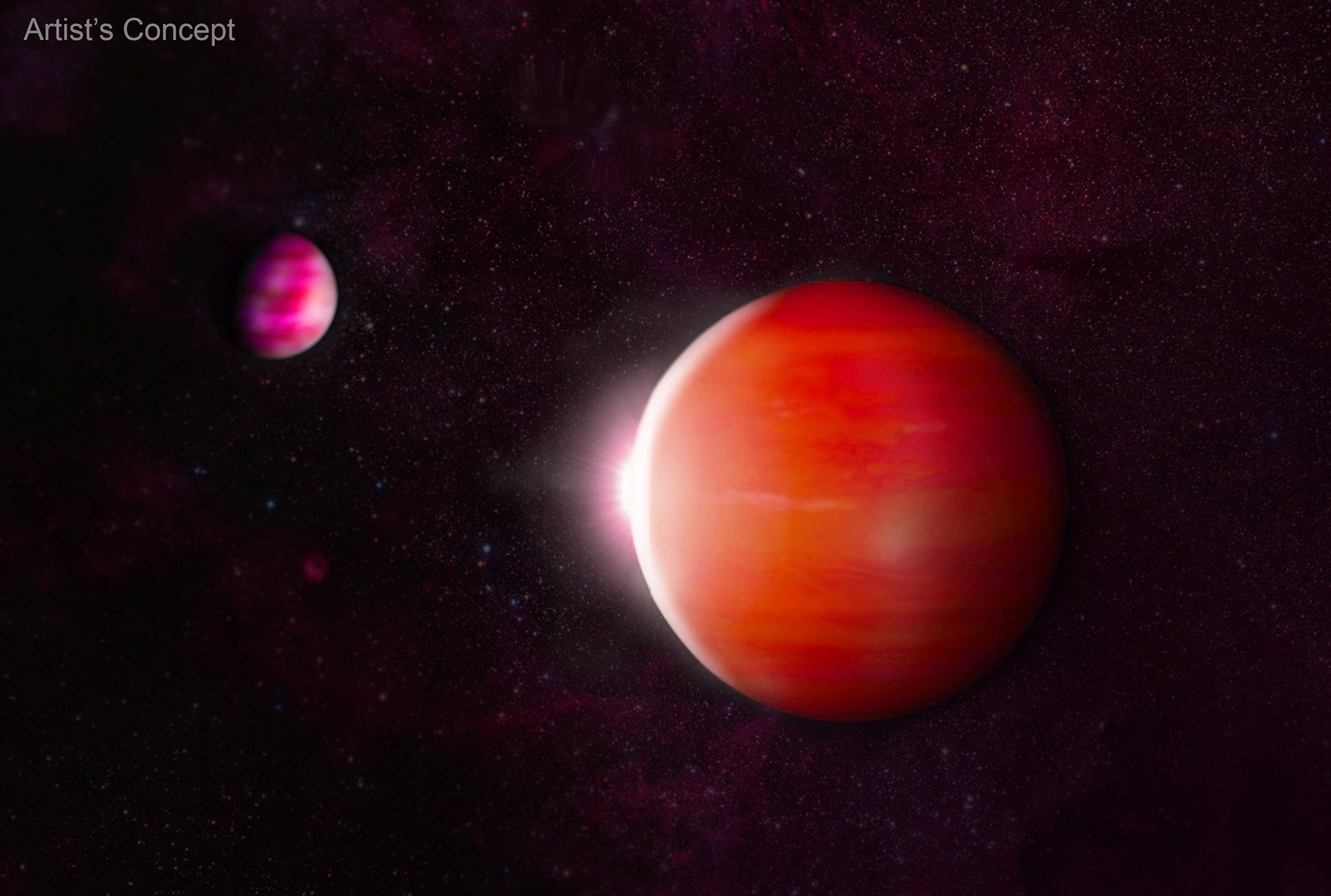2 min read
Disk Detective is back! Disk Detective is the NASA citizen science project that previously discovered “Peter Pan” disks (the longest-lived disks that form planets), as well as the youngest nearby disk around a brown dwarf (a ball of gas too small to be considered a star). The project is relaunching with a new batch of 150,000 stars to search and is looking to the public for help. This new version of the project is Disk Detective 2.0, a sequel to the original version that launched back in 2014 and has been offline since last April while researchers worked on following up roughly 50,000 disk discoveries.
Planets form inside giant disks of gas and dust that circle young stars. Observing these disks, called protoplanetary disks, teaches us how long it takes planets to form. Disk Detectives help find where planets are forming and where planets probably remain today by searching for stars that are surrounded by these disks. The project had more than 30,000 citizen scientists participate in the program; fifteen of them became co-authors on the project's scientific publications. Join the team today!

References and Resources:
Visit the Disk Detective website for information and sign up to join the project
NASA Citizen Scientists Discover “Peter Pan” Disks
NASA’s NEOWISE Project
Social media: https://twitter.com/diskdetective
NASA’s Citizen Science Program:
For a list of current NASA citizen science projects, visit citizenscience.
Follow us on Twitter
Follow us on Facebook







